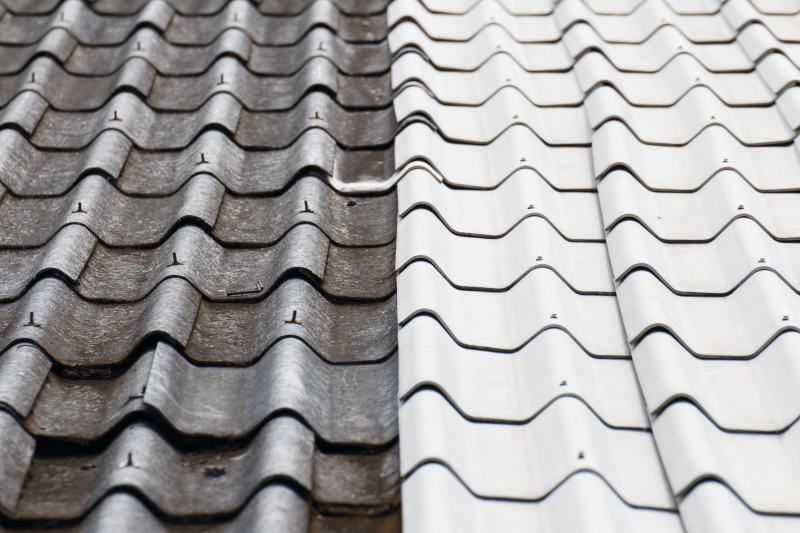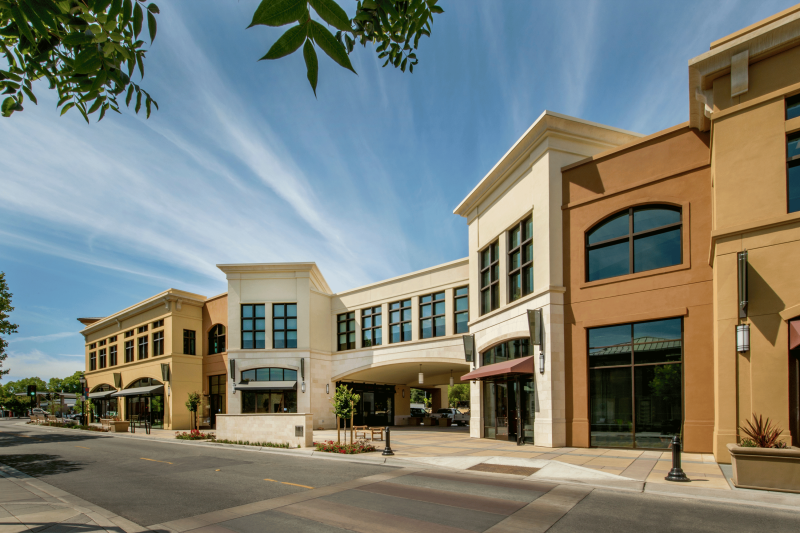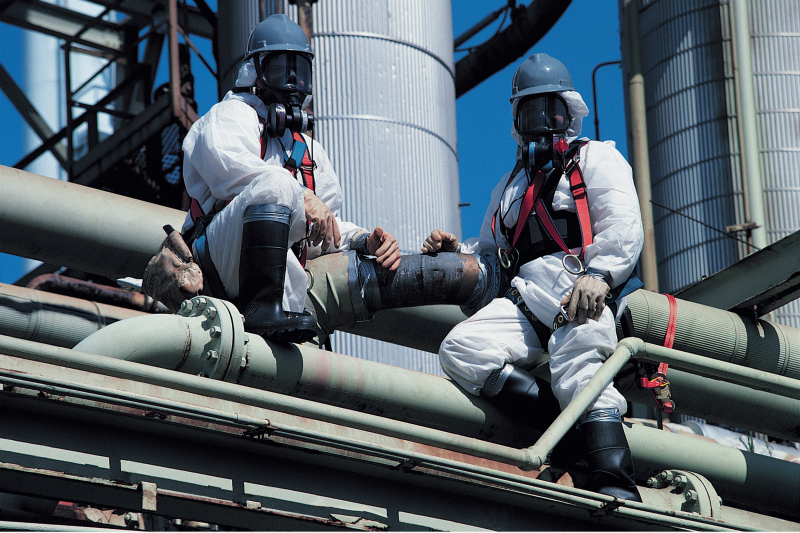Asbestos is a class of silicate minerals. There are six types of asbestos, all of which have thin, microscopic fibres. The natural strength of these fibres made them attractive as manufacturing and building materials.
The six types of asbestos minerals are chrysotile, crocidolite, amosite, anthophyllite, tremolite, and actinolite. Though chrysotile asbestos was the most common for commercial use, all six have appeared in building materials throughout Perth.
Why was asbestos so popular?
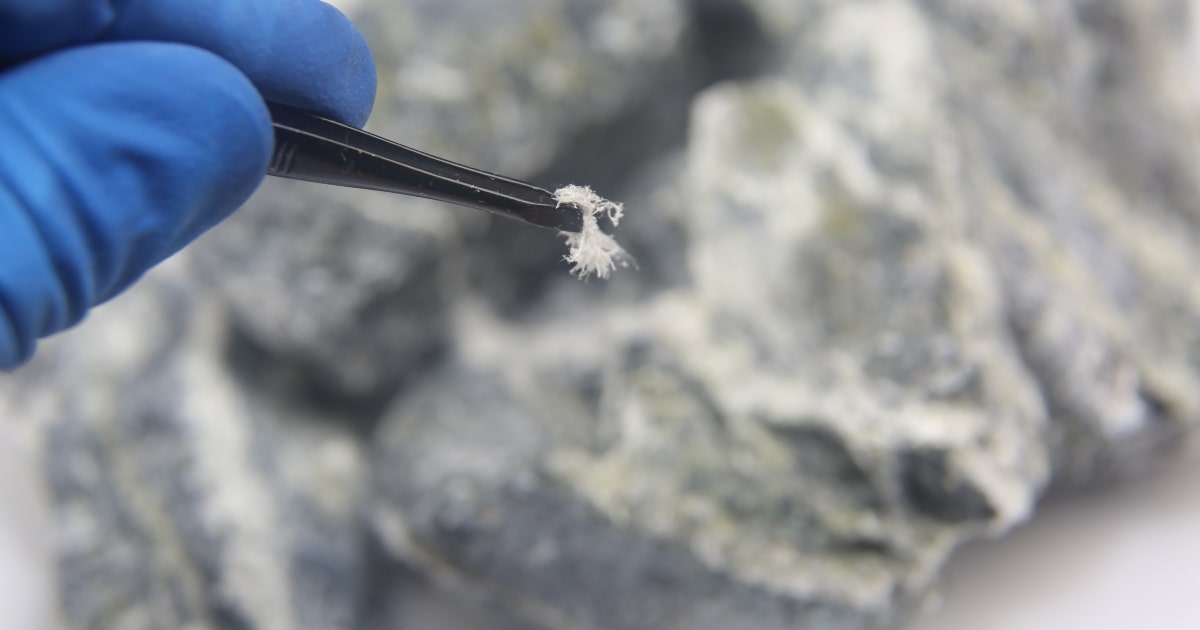
Asbestos fibres boast strong insulative properties and are fireproof. Asbestos appeared in roofing materials, insulation, walls, and plumbing.
Its strength, durability, and chemical resistance made it an attractive option for construction and insulation between the 1920s and 1970s.
Eventually, scientists connected asbestos to health problems caused by exposure to the mineral, and Australian authorities banned its use in 2003.
Where do you find asbestos?
Asbestos is not in any newer constructions. However, older buildings erected between the 1920s and 2000s likely retain asbestos containing materials
If you are in Perth, WA, you need a professional inspection and removal from Rapid Asbestos Removals before you can safely use, live in, or work on these buildings.
The six asbestos types
The six different types of asbestos are divided into two mineral families — the serpentine and amphibole families.
Chrysotile asbestos is in the serpentine family, while crocidolite, amosite, anthophyllite, tremolite, and actinolite asbestos are in the related amphibole asbestos family.
All six contain microscopic fibres that can cause health problems. Serpentine asbestos has very long, curved fibres, while amphibole minerals are characterised by short, stiff threads.
Here is a look at each individual type of asbestos and where you may find it in older constructions.
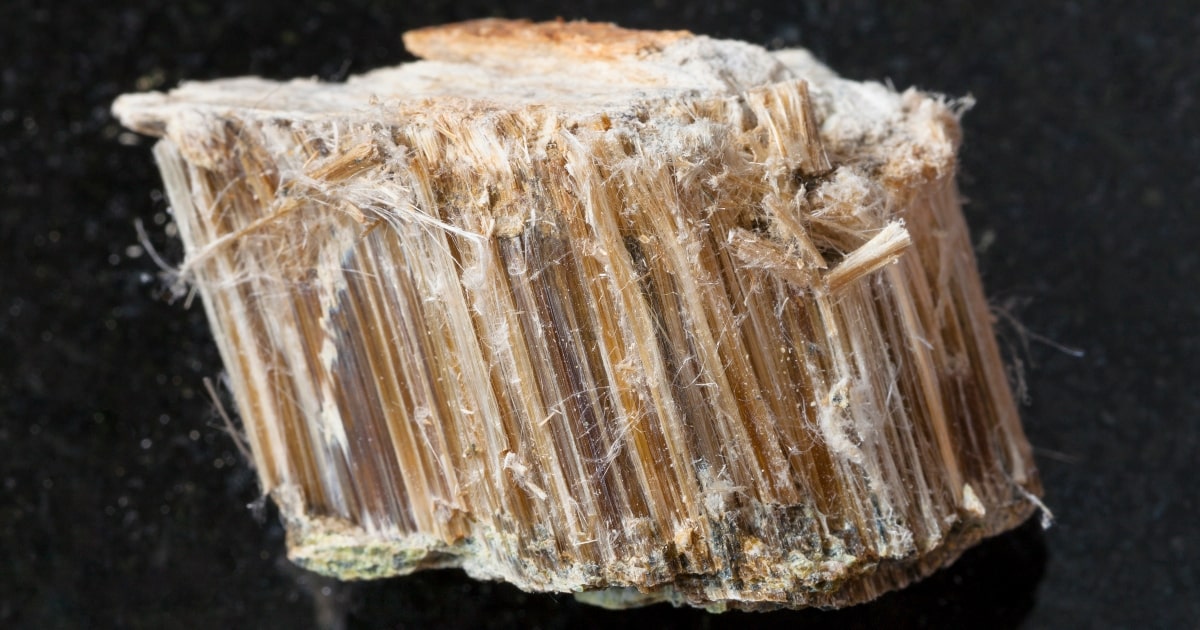
1. Chrysotile asbestos
Chrysotile, also known as white asbestos, is the most common mineral as far as commercial use. 95% of commercial products containing asbestos used chrysotile.
Because of its long, more-flexible fibres, the chrysotile asbestos form was found least likely to break off and become airborne. Though it was known to be a dangerous carcinogen, it was once deemed safer than other varieties of asbestos.
Chrysotile asbestos is common in building materials such as roofing tiles, ceilings, and wall insulation in older buildings. It was also used in the automotive industry for brake lining, brake pads, and clutches.
2. Amosite asbestos
Amosite is also known as brown asbestos because of its colouring. It originated in Africa, though it was used around the world. Amosite asbestos has sharp and brittle needle-like asbestos fibres that easily become airborne. Therefore, it is one of the most dangerous types of asbestos.
Amosite asbestos was the second most commercially-used type of asbestos fibres. It was popular in manufacturing and found its way into asbestos cement products, pipe insulation, prefabricated insulation boards, electrical insulation covers, gaskets, and other thermal insulation products.
3. Crocidolite asbestos
Crocidolite, also known as blue asbestos, is another amphibole mineral primarily found in Australia and Africa. It has extremely fine and sharp fibres with a bluish appearance. Because of its composition, it is the easiest asbestos to inhale.
As it almost always becomes airborne, crocidolite is widely considered to be the most dangerous type of asbestos. In fact, studies on the environmental exposure of crocidolite indicate that it may be responsible for more illnesses and deaths than all the other types of asbestos.
Luckily, it was rarely used for commercial asbestos containing products because it is less heat-resistant than other types of asbestos. However, it was available in Australia and was still used in cement, insulation, and floor tiles.
4. Anthophyllite asbestos
Anthophyllite is an amphibole family asbestos, but it has longer, needle-like fibres that are easily inhalable. It is one of the rare forms of asbestos, and its appearance can range from brownish to yellowish.
Anthophyllite is rare and typically only found in Japan and Finland. As a result of its rareness, it was not used as often in commercial products. However, it can still be found in some asbestos-containing materials, including cement and insulation.
5. Tremolite asbestos
Tremolite is mostly known for its heat-resistant properties and loose fibres that can be woven into a fabric. However, similar to other amphibole types of asbestos, it is easily friable and presents a significant health risk.
While tremolite was used far less than chrysotile asbestos, it can still be found in products such as paint sealants, insulation, and plumbing materials.
6. Actinolite asbestos
While actinolite asbestos was not widely used industrially or commercially, it does occur in some asbestos materials and is dangerous because of its thin, brittle fibres. It may appear in cement insulation, drywall, paints, and sealants.
Actinolite can also appear in trace amounts in other minerals like vermiculite and talc.
How to deal with asbestos in Perth
Asbestos fibres are most dangerous when airborne, and careless removal can leave traces floating in your home or business, potentially causing catastrophic health issues. You need a licensed expert to handle the removal of the substances from your building. In Perth, Rapid Asbestos Removals offers removal services for both residential and commercial buildings, as well as asbestos testing for those who aren’t sure if they have a problem.
If you have an asbestos problem, contact Rapid Asbestos Removals to quickly mitigate the potential health risks.
Frequently asked questions
The six types of asbestos minerals are chrysotile, crocidolite, amosite, anthophyllite, tremolite, and actinolite.
Chrysotile asbestos, also known as white asbestos, is the most common mineral as far as commercial use.
Chrysotile asbestos can be found in roofing tiles, wall insulation, and ceilings in older buildings. It was also used in brake lining, brake pads, and clutches in the automotive industry.
Crocidolite asbestos, also known as blue asbestos, has extremely fine and sharp fibres with a bluish appearance, making it the easiest asbestos to inhale. It almost always becomes airborne, and studies on environmental exposure to crocidolite have indicated that it may be responsible for more illnesses and deaths than all other types of asbestos.
Chrysotile asbestos was considered safer than other varieties of asbestos because of its long, more-flexible fibres that were least likely to break off and become airborne.
All six types of asbestos contain microscopic fibres that can cause health problems. Serpentine asbestos has very long, curved fibres, while amphibole minerals are characterised by short, stiff threads. Inhaling these fibres can result in lung cancer, mesothelioma, asbestosis, and other respiratory diseases.
